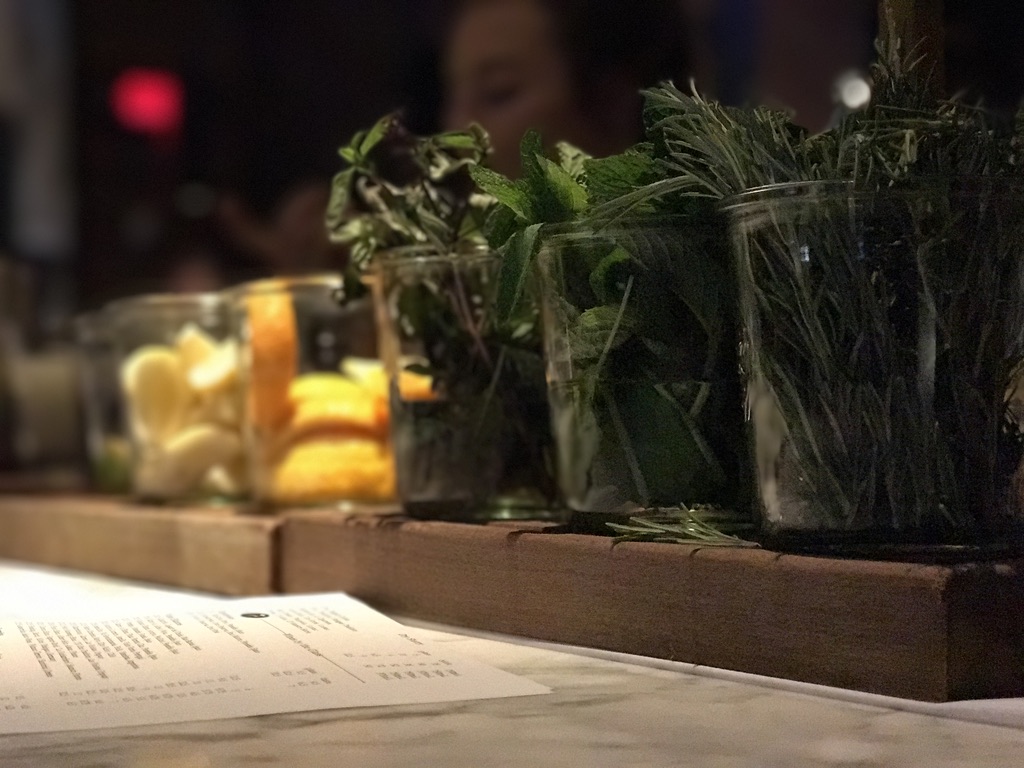Looking for all the Tapas recipes? Go here!
My first exposure to tapas – in the more traditional Spanish sense – was back in _____ in Nashville. In the broader sense of an array of small plates intended for sharing, it would’ve been at Global Gourmet back in the late 2000s.

This introduction not only to a much more diverse palate of culinary options, but also this concept of of a group of people selecting and sharing a selection of small plates between themselves really helped me to open up to new tastes and experiences.
It offered a less risky, more opportunistic chance to try out something I may or may not like, without making that my entire meal.
Though tapas was and still is a form of cuisine distinctly of Spanish origin, the concept of smaller plates is present throughout the world.
The word “tapas” is derived from the Spanish verb tapar, “to cover”, a cognate of the English “top”. Which makes total sense, because according to Irma Rombauer in her work “Joy of Cooking,” the original tapas were thin slices of bread or meat which sherry drinkers in Andalusian taverns used to cover their glasses between sips. This was a practical measure meant to prevent fruit flies from hovering over the sweet sherry. The practice of pairing small snacks with alcohol caught on, increased sales, and these small dishes became just as important as the alcohol itself.
( There are many theories / explanations on its origin, but the general common underlying theme is the idea of small snacks prepared to be eaten by travelers alongside their alcoholic beverages, the name rooted in the notion that they were used to as tapas, which in Spanish means a “cover” for the sherries and wine glasses which could at times attract fruit flies if left open to air. It appears the practical aspect went out the window, but the casual portion size idea stuck, as it spread elsewhere. )
There are parallels to this idea of small plates in many countries:
- in Italy you have crostinis or antipasto (cured meats, olives, pepperoncinis, mushrooms, anchovies, artichoke hearts, cheeses, etc),
- in France there are canapés (small decorative foods meant to be consumed in one bite), the modern charcuterie board,
- in the Middle East you have meze (a selection of small dishes, sometimes served alongside alcohol),
- in Chinese American cuisine there is the pupu platter,
- and in Japan sushi can often be viewed and served in a similar light,
…just to highlight a few cultural variations. The key unifying concept is the smaller-than-average portion sizes and the communal aspect of them.
Modern Understanding of Tapas
In the modern, cosmopolitan world of dining, tapas has grown considerably in scope. (something) I kind of alluded to that in the opening paragraph above. We have seen it move beyond a mere cultural thing into a broad style of presentation, often with significant culinary artistry. It is all about the experience and also the intimacy. It’s a format of dining that draws us closer together through sharing and the mutual discovery that goes along with that.
Small dishes often insufficient in portion to fully satisfy the eater on their own that invite an ongoing stream of them both in variety and quantity.
Over time I kind of feel like / I think tapas has been colloquially expanded and adapted and adopted as a form of cuisine, or a way of preparing and presenting a menu / meal. It’s this concept of many smaller, unique plates that can be enjoyed on their own or in concert with one another to provide / satisfy any type and level of a diner’s appetite from a mid-afternoon or late-night snack all the way up to an incredibly diverse meal among many participants.
The really endearing element about tapas is the informality of it.
The modular / ad-hoc nature of the dishes lend themselves extremely well to sharing between diners, which creates even just between two people a much more communal / connected / intimate dining experience. Each person gets to select something that reflects their tastes and likes and gets to share it with the others, thereby engaging in this kind of culinary gifting.
As informal as tapas can be for the diner, there can still be an immense level of artistry to it. // it can still involve an immense level of culinary artistry. In fact, when it can and does, in my mind it reaches toward the apex of culinary experiences, one of unpretentious connection between the artist in the kitchen, the personalities of the diners, and the ability for them to all share and enjoy with one another.
One of the most popular presentations of this idea of many small plates is the modern charcuterie board.